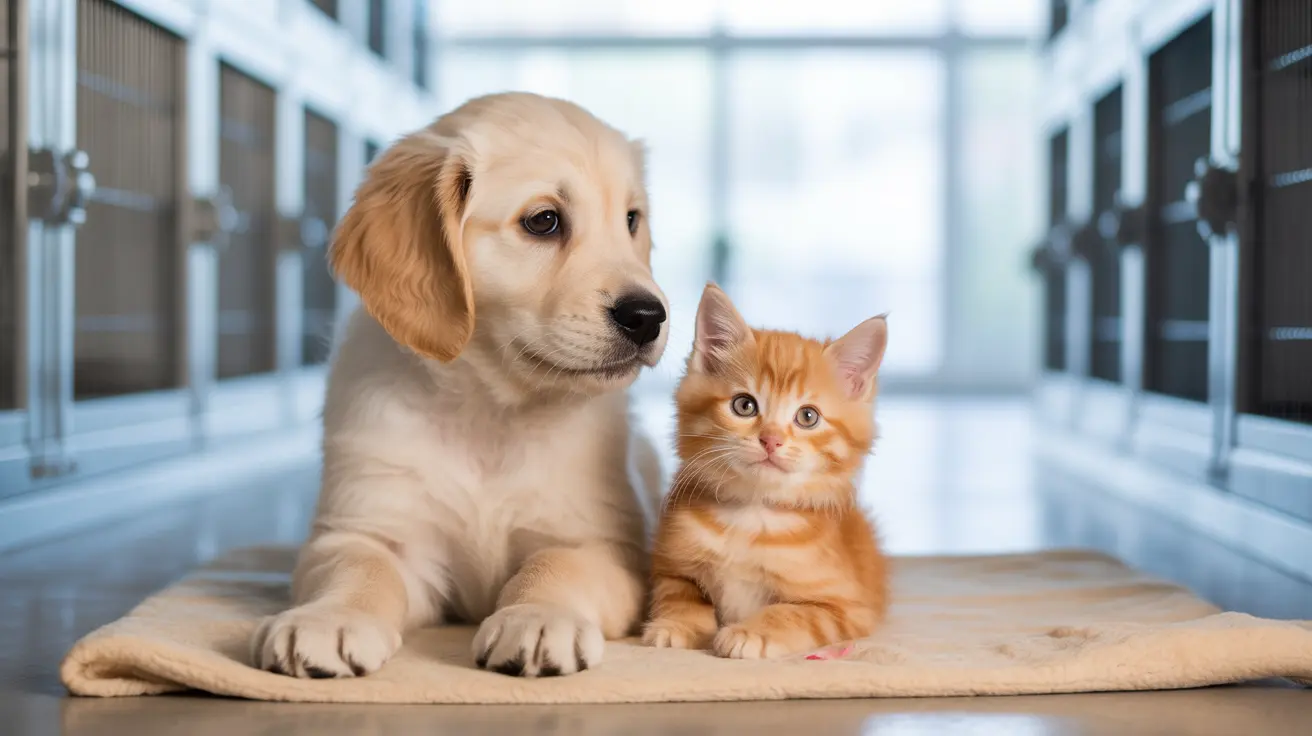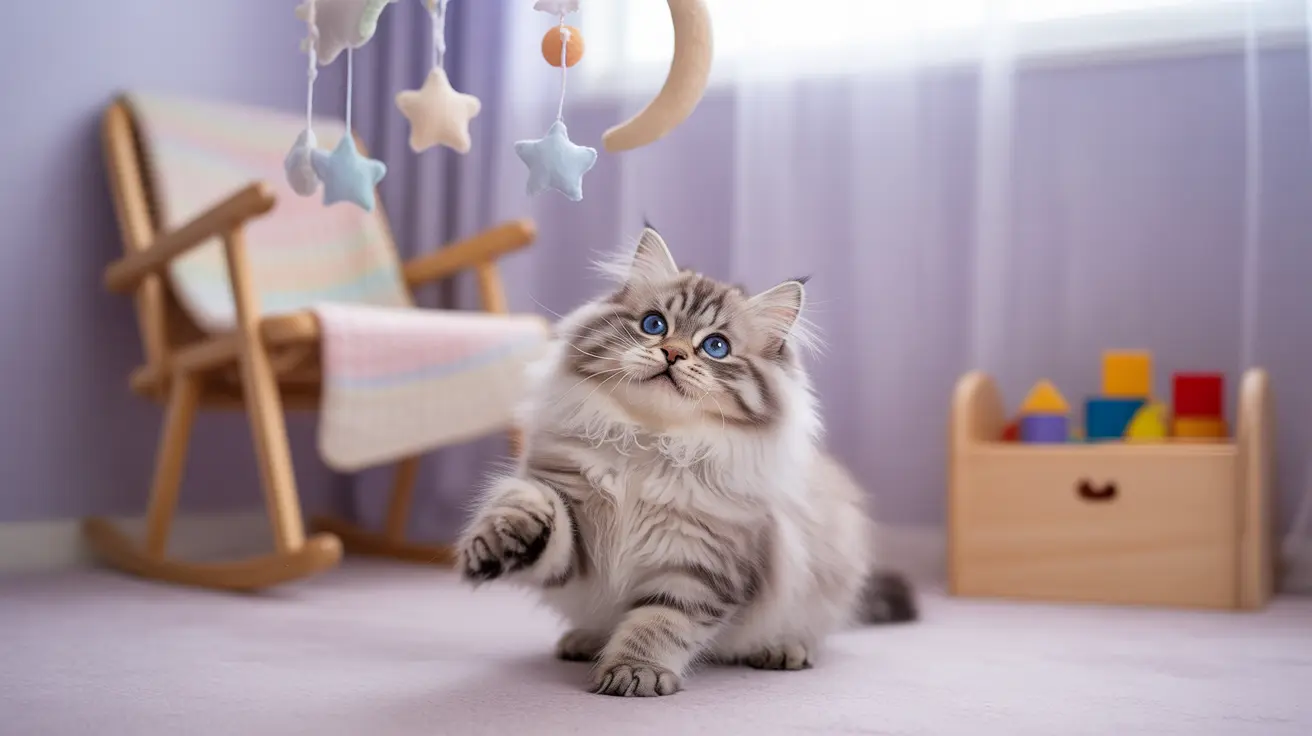Harrison County Animal Control has announced a significant policy change regarding community cat programs during the winter months, opting not to accept trapped cats when cold weather poses increased risks to feline health and welfare. This decision reflects a growing understanding of how seasonal factors impact shelter operations and the effectiveness of trap-neuter-return initiatives.
The policy change comes as animal welfare organizations nationwide recognize that winter conditions can create additional stress and health complications for cats in shelter environments. By temporarily suspending acceptance of trapped community cats during the coldest months, Harrison County aims to reduce mortality rates and improve overall outcomes for the area's free-roaming cat population.
Understanding Harrison County Animal Control's Winter Policy
The decision to halt winter trapping reflects evidence-based animal welfare practices. Cold weather increases shelter overcrowding as more animals seek refuge, while cats face heightened stress from temperature changes and unfamiliar environments. These factors can compromise immune systems and increase susceptibility to respiratory infections and other health issues common in shelter settings.
This approach aligns with modern shelter medicine principles that prioritize quality of care over quantity of intake. Rather than accepting cats when conditions are suboptimal, Harrison County focuses resources on providing better care for animals already in their system while supporting community-based solutions.
The Role of Trap-Neuter-Return in Humane Cat Population Control
Trap-neuter-return programs represent a cornerstone of modern community cat management. These initiatives involve humanely trapping free-roaming cats, providing medical care including spaying or neutering and vaccinations, then returning them to their original territories. This approach addresses population growth while allowing cats to live out their lives in familiar environments.
TNVR programs have demonstrated significant benefits for both cats and communities. Sterilized cats no longer contribute to population growth, while vaccination protects against common diseases. Additionally, established colonies of altered cats help prevent new arrivals from settling in the same areas, creating a natural population control mechanism.
Return-to-Field Programs and Their Impact
Return-to-field programs complement traditional TNVR efforts by recognizing that many community cats thrive outdoors rather than in shelter environments. These programs acknowledge that healthy, unsocialized cats often fare better when returned to familiar territories rather than remaining in shelters where they may experience chronic stress.
Research indicates that RTF programs can significantly reduce shelter euthanasia rates while improving outcomes for community cats. By focusing shelter resources on cats that are sick, injured, or socialized to humans, facilities can provide more intensive care where it's most beneficial.
Why Keep Cats Indoors for Optimal Health
While community cat programs address existing free-roaming populations, preventing cats from becoming outdoor residents remains the most effective strategy for feline welfare. Indoor cats typically live significantly longer lives, with lifespans averaging 12-18 years compared to 2-5 years for outdoor cats.
Indoor environments protect cats from numerous hazards including vehicle accidents, predator attacks, infectious diseases, and extreme weather. Additionally, keeping cats indoors prevents them from hunting wildlife and eliminates the risk of contributing to community cat populations through unplanned breeding.
The Importance of Spay and Neuter Services
Spaying and neutering represents the most effective method for controlling cat populations at the source. A single unaltered female cat can produce multiple litters annually, with offspring capable of reproducing within months. This exponential growth potential means that even small numbers of unaltered cats can quickly lead to significant population increases.
Beyond population control, spaying and neutering provide direct health benefits including reduced risks of reproductive cancers and elimination of heat cycles that drive roaming behaviors. These procedures also decrease territorial marking and aggressive behaviors in both male and female cats.
Supporting Responsible Cat Ownership
Cat owners play a crucial role in reducing community cat populations through responsible pet ownership practices. Ensuring cats receive timely spay/neuter procedures prevents accidental litters, while proper identification through microchipping or collars helps reunite lost pets with families quickly.
Creating enriching indoor environments helps cats maintain physical and mental health without outdoor access. This includes providing vertical spaces, interactive toys, window perches, and regular play sessions that satisfy natural hunting instincts safely.
Frequently Asked Questions
- Why does Harrison County Animal Control not accept trapped cats during winter months? Harrison County stops accepting trapped cats in winter to reduce stress, illness, and mortality in shelters when cold weather and overcrowding pose higher risks for cats.
- What are RTF and TNVR programs, and how do they help community cat populations? RTF (Return-to-Field) and TNVR (Trap-Neuter-Vaccinate-Return) involve humanely trapping community cats, sterilizing and vaccinating them, then returning them outdoors to control populations and improve cat welfare.
- How does keeping cats indoors benefit their health and safety? Indoor cats are less exposed to dangers like traffic accidents, infectious diseases, fights, and wildlife predation, which leads to longer, healthier lives.
- What can cat owners do to responsibly reduce the number of free-roaming cats? Owners should keep cats indoors when possible, and have them spayed or neutered to prevent unwanted litters and help decrease community cat populations.
- How can members of the public support humane community cat management? Reporting community cats to local animal control, supporting or volunteering for TNVR programs, providing food and shelter for managed colonies, and educating neighbors help improve outcomes for outdoor cats.
Harrison County's winter policy represents a thoughtful approach to community cat management that prioritizes animal welfare while supporting long-term population control strategies. By understanding and supporting these evidence-based practices, communities can work together to improve outcomes for all cats while addressing population concerns humanely and effectively.






